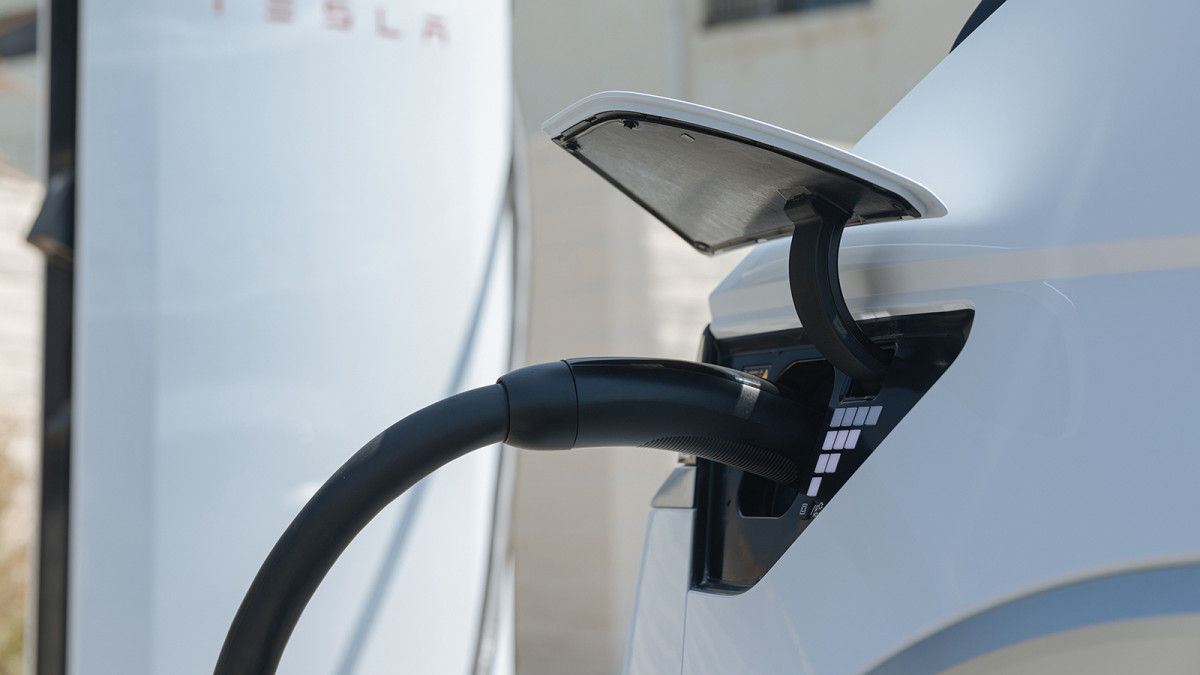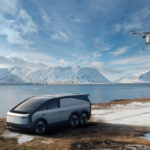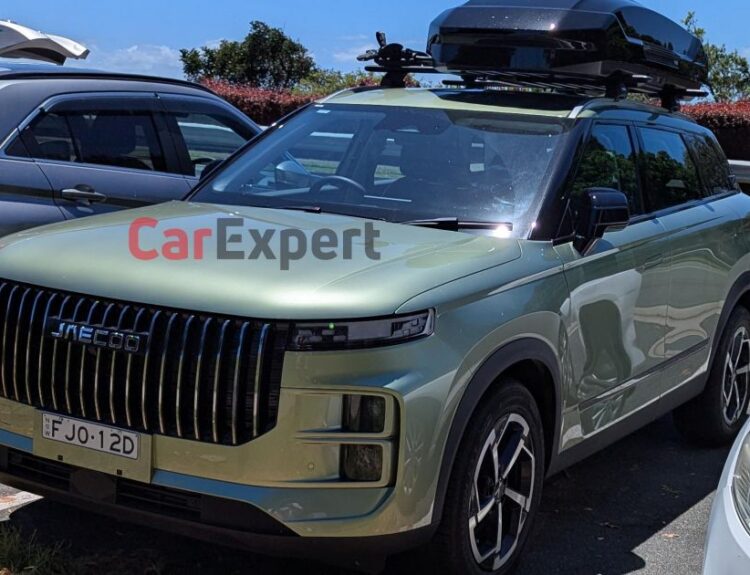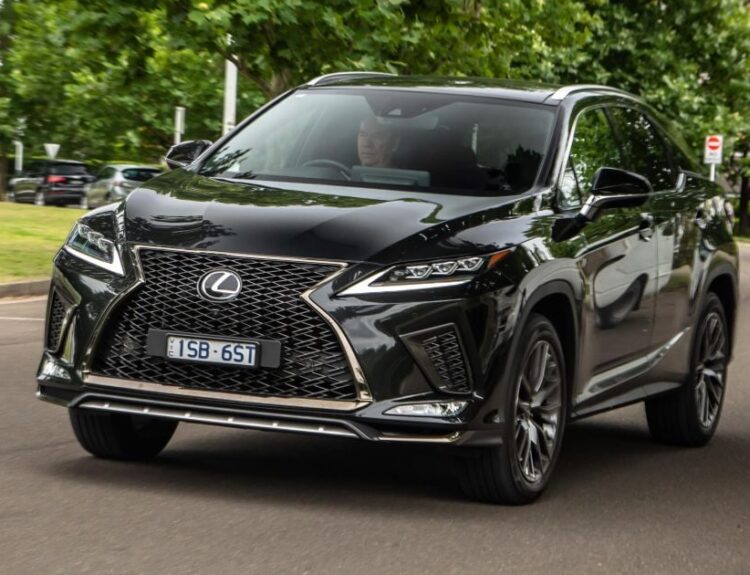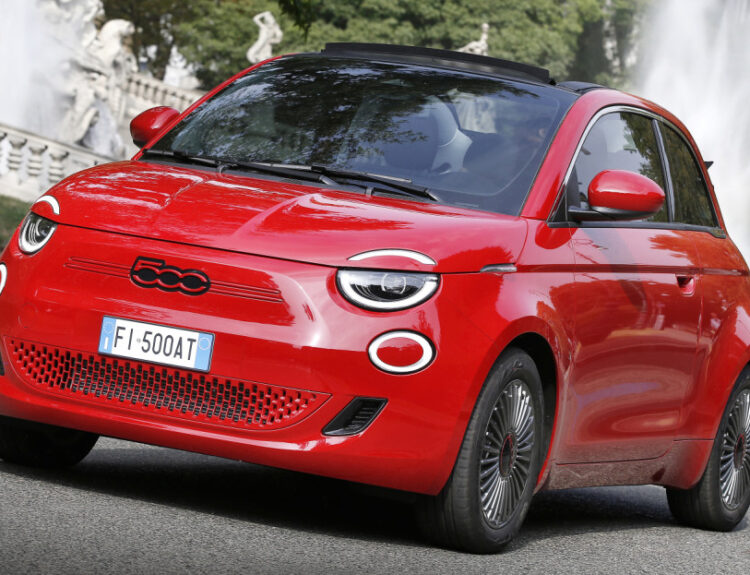Hyundai continues to make waves in the electric vehicle (EV) landscape this holiday season, introducing a highly anticipated benefit for owners of Hyundai and Genesis models: complimentary NACS adapters. This addition allows users to recharge their vehicles at Tesla Supercharger stations, which not only boast a broader network but are also recognized for their reliability.
### A Gift for Hyundai EV Owners in 2025
Beginning in the first quarter of 2025, current Hyundai EV owners and those who purchase a vehicle by January 31, 2025, can request their free NACS adapter. Specifics about the distribution will be announced shortly.
Olabisi Boyle, Hyundai Motor North America’s senior vice president of product, emphasized the company’s commitment to enhancing the EV experience: “To facilitate the growth of electric vehicle adoption, we focused on listening to our current owners,” Boyle stated. “These adapters will significantly improve the convenience of DC fast-charging. Additionally, the integration of the NACS port in new models such as the upcoming IONIQ 9, alongside upgrades in our digital charging ecosystem, will further enrich the experience of future EV drivers. Our objective is to ensure a seamless transition to electric mobility.”
### Kia’s NACS Update Falls Short
In contrast, Kia EV owners are facing disappointment this season. The automaker has announced that NACS adapters will only be made available for the EV6 and EV9 models delivered after September 4, 2024. This leaves earlier models, like the Niro EV, reliant on their CCS chargers, forcing owners to purchase third-party adapters for access to alternate charging stations.
### New Models and Native NACS Ports
The forthcoming 2025 Hyundai Ioniq 5 N and the 2025 Kia EV6 will be trailblazers for the brands, featuring native NACS ports that eliminate the need for adapters. However, it’s important to note that, initially, these native ports will deliver slower charging speeds at Supercharger stations compared to using NACS adapters. This is due to the limitations of Tesla’s current Supercharger technology, which does not fully capitalize on the peak charging rates supported by Hyundai’s 800-volt E-GMP platform. Fortunately, forthcoming enhancements to Tesla’s charging infrastructure are expected to address this issue, enabling faster charging in the near future.
### Looking Ahead
As the NACS becomes the de facto standard for EV charging across the nation, a growing number of manufacturers are likely to follow suit by offering adapters and transitioning their vehicles to adopt this standard. With Hyundai pushing forward with its advanced 800V architecture, we anticipate substantial improvements in EV charging speeds on the horizon. Coupled with enhanced driving ranges and decreasing costs, the once-daunting prospect of daily electric vehicle use is likely to diminish significantly.
This season brings both excitement and challenges to the EV community, marking a critical moment in the journey towards broader electric vehicle adoption and accessibility.
Source:www.autoblog.com

